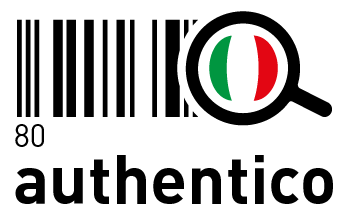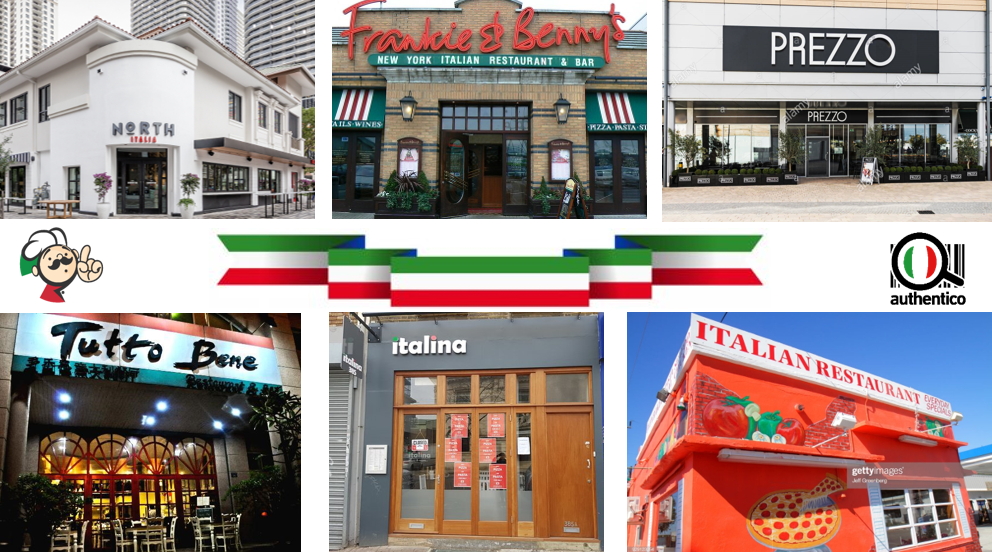How many people, every day, get attracted by a fake Italian restaurant because the signage claims the food served is “authentic Italian”. Unfortunately, too many times the dishes on the menu are just poor imitations and pure crimes against the Italian cuisine!
We have collected our 10 best advises to recognize a fake Italian restaurant, explaining which ones are the things an Italian would notice and would get suspicious about.
- Spelling mistakes on the menu
This is the sign No. 1. If a menu shows spelling mistakes, that probably means that not even one single person in the restaurant is Italian. Better go somewhere else!
A classic example is pasta (or pizza) funghi: this is grammatically incorrect. It should be pasta (or pizza) “ai funghi” or “con i funghi”. Why would you translate a word in Italian but use an incorrect grammar? That’s suspicious! Or fungi. It’s funghi (mushrooms); linguine not linguini, salame not salami.
- No one is Italian
This is rather worrying. If the chef isn’t Italian, than at least the owner, or the manager should be.
The presence of an Italian waiter could also help.
- Dishes that aren’t Italian
In Italy, the Alfredo Sauce doesn’t exist and hardly anyone has ever heard about it.
Spaghetti with Meatballs, Chicken Parmigiana, Pizza Pepperoni are not Italian recipes either.
So, if on the menu you see garlic bread, bread and oil, pasta with chicken, or any other fake dish, move on and look for another restaurant.
- “Italian” everywhere
If an ingredient calls itself “Italian” or “Italian-style” you can be sure that it is actually fake. Take for example the “Italian” salad dressing. There is no Italian salad dressing that actually exists – we only use oil, salt and vinegar to dress our salads.
Same goes if a dish calls itself “Italian” or “Italian-style”. Here is one reason that will convince you on its own: traditional Italian dishes are regional, not national.
- Number of ingredients
Italian traditional food is very simple. The flavors are always distinct. It is about bringing out the best from every product. Usually no more than four or five ingredients are needed, plus salt and pepper.
So, if you see a dish that contains more ingredients than that, you can be sure that’s not authentic Italian.
- Over-use of “fashionable” ingredients
Have you noticed how pesto is everywhere? Pasta, salads, panini.
In Italy it is only used with pasta!
And balsamic vinegar is not used everywhere. Nor are sun dried tomatoes.
- Chicken everywhere
We don’t put chicken on pasta. Actually, we never top pasta with meat, except in rare cases, like ragù alla bolognese (aka bolognese sauce) or Pasta alla Genovese.
No chicken on pizza. No chicken in lasagne!
- Cheese on fish
There are some strict rules in the Italian cuisine. One of these is that no cheese goes on fish.
We have some recipes that use parmesan to whip pasta with clams. But if you see waiters approaching clients having fish to offer some grated cheese, than you know you’re not in a fake Italian restaurant.
- Pasta as a side dish
Another strict rule. Pasta is never a side dish. It is a main and it’s the only way to have it.
- Flag
The general rule is: the bigger the Italian flag outside the restaurant the greater the risk of having entered an Italian fake restaurant.
We thought this could be somehow confusing, since some people would think some of the things we mentioned are 100% Italian.
Around the world there are about 100 thousand restaurants that claim to be Italian. Truly authentic restaurants are only 5%. Luckily there is our free app that helps you discover only the closest real Italian restaurants.
Buon Appetito!
[enjoy]



EUDR, tracciabilità della filiera del caffè, 7 cose indispensabili da sapere
Come si applica la normativa EUDR alla filiera del Caffè italiano? Perchè è necessaria la [...]
Mar
Cosa sono i Green Claims e perché molti sono considerati pubblicità ingannevole
In Europa si contano quasi 230 claim di sostenibilità e oltre 100 green energy label; [...]
Mar
L’importanza strategica dello storytelling della filiera agroalimentare attraverso la tracciabilità in blockchain
I consumatori acquistano meno prodotti certificati e sostenibili; ciò è quanto emerge dai dati dell’Osservatorio [...]
Feb
La sostenibilità interessa ancora qualcuno?
Recentemente, alcune aziende americane hanno ridimensionato il loro impegno verso la sostenibilità ambientale. Donald Trump ha decretato [...]
Feb
Le interviste di Authentico: William Nonnis, il purista della Blockchain
L’utilizzo della tecnologia blockchain pubblica, data anche la sua forte inclinazione etica e sociale, presume [...]
Feb
Calendario Fiere Food 2023 alimentari e ristorazione Italia ed estero
Scopri il calendario fiere ed eventi del settore food and beverage nazionali ed internazionali del 2023. Gennaio 2023 [...]
Gen